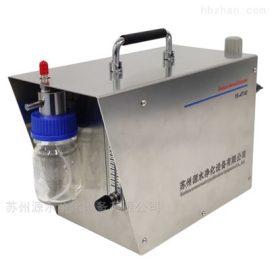The Ultimate Guide to Tissue Machines: How They Work and Why They Matter
The Ultimate Guide to Tissue Machines: How They Work and Why They Matter
In today’s fast-paced world, tissue products have become indispensable in daily life. From household napkins to commercial toilet paper, these essentials rely on sophisticated manufacturing equipment known as tissue machine systems. This comprehensive guide explores their mechanics and industrial significance.
Core Components and Operational Process
Modern tissue machines feature a highly engineered design with four key stages: stock preparation, sheet formation, pressing, and creping. The process begins with pulp dilution and refining, followed by web formation on specialized fabrics. High-temperature drying cylinders then remove moisture while creping blades create the soft, textured surface consumers expect. Advanced automation ensures precise control over basis weight, absorbency, and tensile strength.
Industrial Impact and Sustainability
These machines enable mass production of hygienic products while addressing environmental concerns through energy recovery systems and water recycling. Manufacturers increasingly adopt closed-loop water systems and biomass-powered dryers to minimize ecological footprints.
Frequently Asked Questions
What distinguishes tissue machines from paper machines?
While both process cellulose fibers, tissue machines incorporate Yankee dryers and creping mechanisms specifically for producing low-density, high-softness products.
How does creping affect tissue quality?
The creping process separates fibers microscopically, enhancing bulk, stretch capacity, and perceived softness—critical for premium tissue grades.
Maximize Your Production Efficiency
Ready to enhance your tissue manufacturing capabilities? Our engineering team provides customized solutions for tissue production lines. Request a free technical consultation today to optimize your machine performance and product quality.


